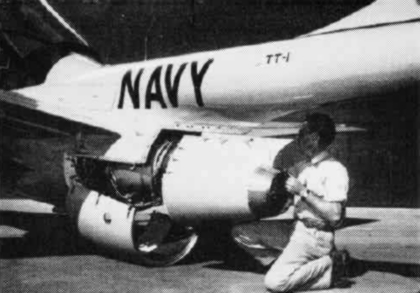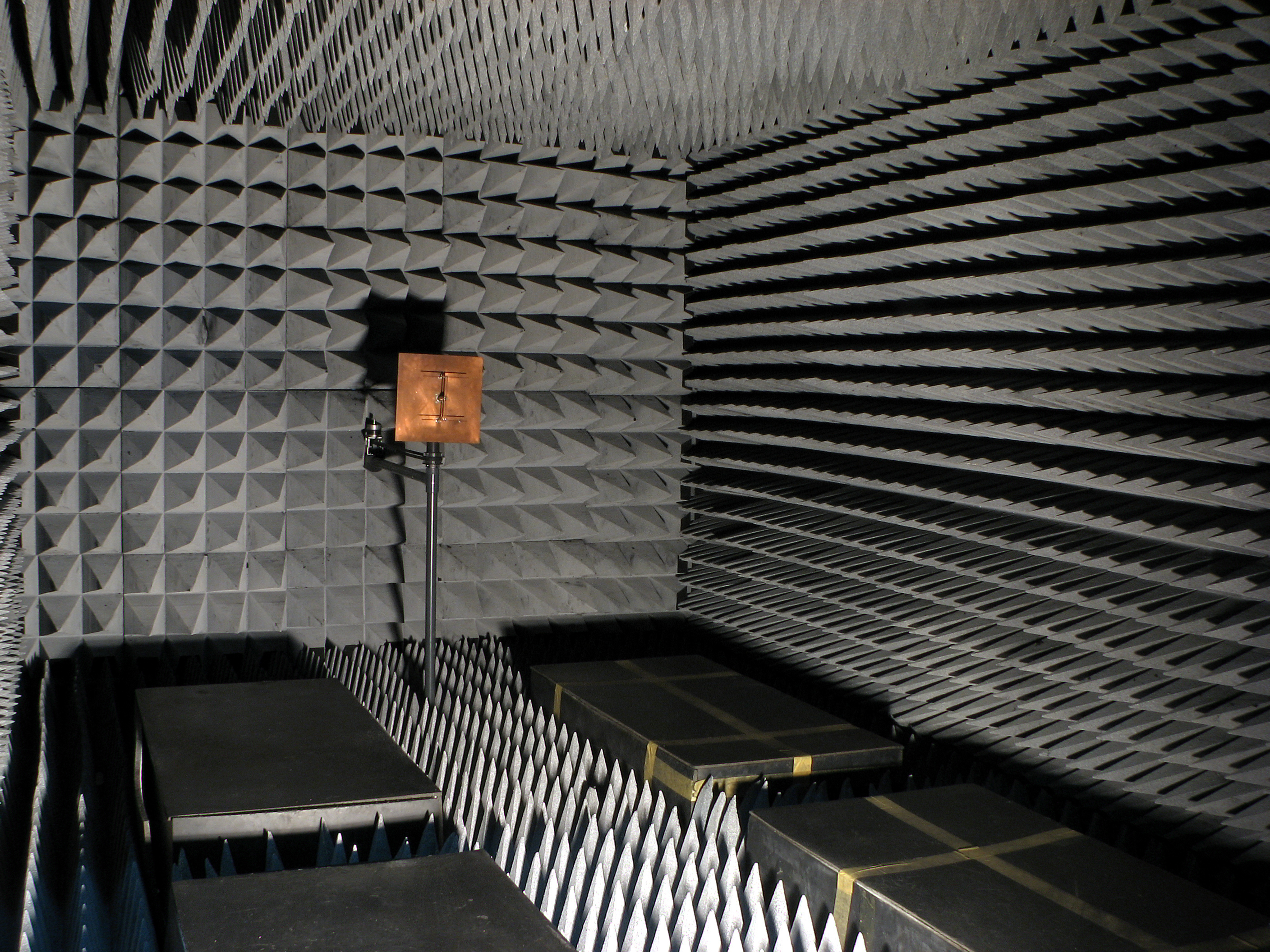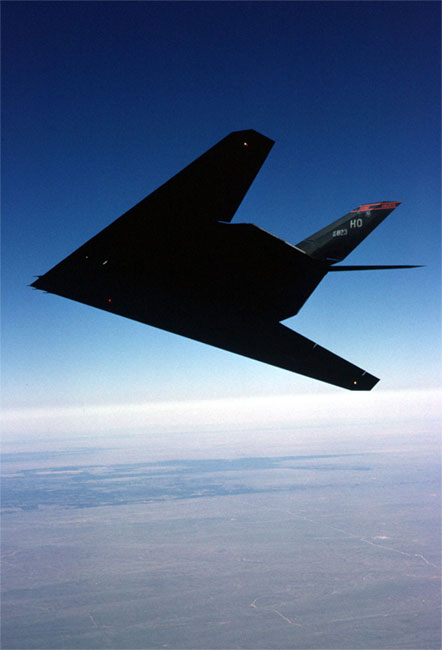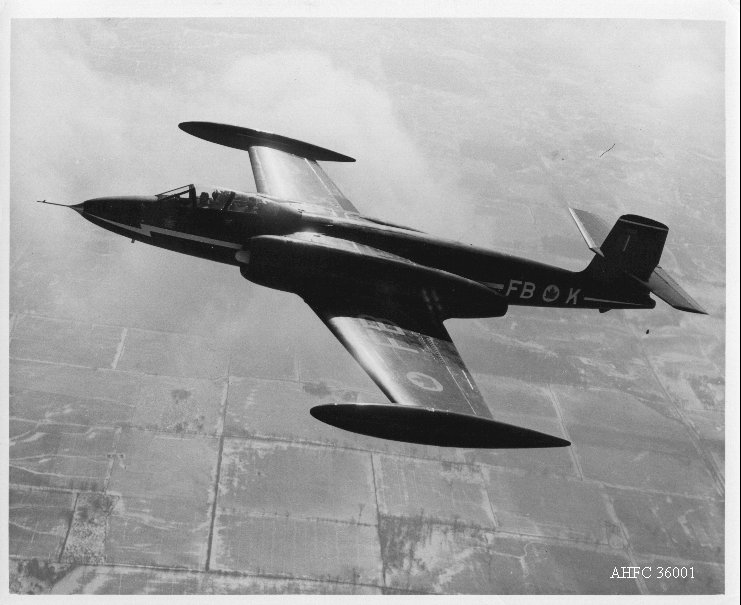|
AQM-34 Firebee
The Ryan Firebee is a series of target drones developed by the Ryan Aeronautical Company beginning in 1951. It was one of the first jet-propelled drones, and remains one of the most widely used target drones ever built. Development Ryan Firebee I Q-2/KDA-1 Firebee The Firebee I was the result of a 1948 U.S. Air Force request and contract to Ryan for a jet-powered gunnery target. The first flight of the XQ-2 Firebee prototype took place in early 1951. The drone featured swept flight surfaces and a circular nose inlet. The initial models had distinctive "arrowhead" shaped endplates on the tailplane. The Firebee could be air-launched from a specially modified launch aircraft (Douglas A-26 Invader was first to be used for this), or ground-launched with a single RATO booster. Following successful evaluation the target was ordered into production for the USAF as the Q-2A, powered by a Continental J69-T-19B turbojet engine with of thrust. The Air Force then obtained small number ... [...More Info...] [...Related Items...] OR: [Wikipedia] [Google] [Baidu] |
WikiProject Aircraft
A WikiProject, or Wikiproject, is a Wikimedia movement affinity group for contributors with shared goals. WikiProjects are prevalent within the largest wiki, Wikipedia, and exist to varying degrees within Wikimedia project, sister projects such as Wiktionary, Wikiquote, Wikidata, and Wikisource. They also exist in different languages, and translation of articles is a form of their collaboration. During the COVID-19 pandemic, CBS News noted the role of Wikipedia's WikiProject Medicine in maintaining the accuracy of articles related to the disease. Another WikiProject that has drawn attention is WikiProject Women Scientists, which was profiled by ''Smithsonian Magazine, Smithsonian'' for its efforts to improve coverage of women scientists which the profile noted had "helped increase the number of female scientists on Wikipedia from around 1,600 to over 5,000". On Wikipedia Some Wikipedia WikiProjects are substantial enough to engage in cooperative activities with outside organization ... [...More Info...] [...Related Items...] OR: [Wikipedia] [Google] [Baidu] |
Teledyne CAE J69
The Teledyne CAE J69 was a small turbojet engine originally produced by Continental Aviation and Engineering (CAE) under license from Turbomeca. The J69 was a development of the Turbomeca Marboré II. It powered a number of U.S. drones, missiles and small aircraft. The engine was later produced by Teledyne CAE. The J69 was also developed into the Teledyne CAE J100 turbojet optimized for operation at higher altitudes. Variants ''Data from:''Aircraft engines of the World 1957 ;J69-T-1: (Marboré I) at 23,000 rpm. ;J69-T-3: at 22,500 rpm for take-off. ;J69-T-6: ;J69-T-9: ;J69-T-17: ;J69-T-19: ;J69-T-19A: ;J69-T-19B: ;J69-T-23: ;J69-T-25: ;J69-T-27: ;J69-T-29: ;J69-T-31: ;J69-T-33: ;J69-T-39: ;J69-T-41: ;J69-T-41A: ;J69-T-406: ;J100-CA-100: thrust ;CJ69-1025: ;CJ69-1400: lb thrust ;Model 352: ;Model 352A: ;Model 352-5a: (CJ69-T-1025) thrust ;Model 354-12: (J69-T-27) thrust ;Model 356-7A: (J69-T-29) thrust ;Model 356-7D: (J69-T-29) thrust ;Model 356-8: (J69-T-31) thrust ... [...More Info...] [...Related Items...] OR: [Wikipedia] [Google] [Baidu] |
Surface-to-air Missile
A surface-to-air missile (SAM), also known as a ground-to-air missile (GTAM) or surface-to-air guided weapon (SAGW), is a missile designed to be launched from the ground to destroy aircraft or other missiles. It is one type of anti-aircraft system; in modern armed forces, missiles have replaced most other forms of dedicated anti-aircraft weapons, with anti-aircraft guns pushed into specialized roles. The first attempt at SAM development took place during World War II, but no operational systems were introduced. Further development in the 1940s and 1950s led to operational systems being introduced by most major forces during the second half of the 1950s. Smaller systems, suitable for close-range work, evolved through the 1960s and 1970s, to modern systems that are man-portable. Shipborne systems followed the evolution of land-based models, starting with long-range weapons and steadily evolving toward smaller designs to provide a layered defence. This evolution of design increasin ... [...More Info...] [...Related Items...] OR: [Wikipedia] [Google] [Baidu] |
FIM-92 Stinger
The FIM-92 Stinger is an American man-portable air-defense system (MANPADS) that operates as an infrared homing surface-to-air missile (SAM). It can be adapted to fire from a wide variety of ground vehicles, and from helicopters as the Air-to-Air Stinger (ATAS). It entered service in 1981 and is used by the militaries of the United States and 29 other countries. It is principally manufactured by Raytheon Missiles & Defense and is produced under license by Airbus Defence and Space in Germany and by Roketsan in Turkey. Description The FIM-92 Stinger is a passive surface-to-air missile that can be shoulder-fired by a single operator (although standard military procedure calls for two operators, team chief and gunner). The Stinger was intended to supplant the FIM-43 Redeye system, the principal difference being that, unlike the Redeye, the Stinger can acquire the target when the target approaches the operator, giving much more time to acquire and destroy the target. The FIM ... [...More Info...] [...Related Items...] OR: [Wikipedia] [Google] [Baidu] |
Radiation-absorbent Material
In materials science, radiation-absorbent material, usually known as RAM, is a material which has been specially designed and shaped to absorb incident RF radiation (also known as non-ionising radiation), as effectively as possible, from as many incident directions as possible. The more effective the RAM, the lower the resulting level of reflected RF radiation. Many measurements in electromagnetic compatibility (EMC) and antenna radiation patterns require that spurious signals arising from the test setup, including reflections, are negligible to avoid the risk of causing measurement errors and ambiguities. Introduction One of the most effective types of RAM comprises arrays of pyramid shaped pieces, each of which is constructed from a suitably lossy material. To work effectively, all internal surfaces of the anechoic chamber must be entirely covered with RAM. Sections of RAM may be temporarily removed to install equipment but they must be replaced before performing any tes ... [...More Info...] [...Related Items...] OR: [Wikipedia] [Google] [Baidu] |
Radar Cross-section
Radar cross-section (RCS), also called radar signature, is a measure of how detectable an object is by radar. A larger RCS indicates that an object is more easily detected. An object reflects a limited amount of radar energy back to the source. The factors that influence this include: *the material with which the target is made; *the size of the target relative to the wavelength of the illuminating radar signal; *the absolute size of the target; *the incident angle (angle at which the radar beam hits a particular portion of the target, which depends upon the shape of the target and its orientation to the radar source); *the reflected angle (angle at which the reflected beam leaves the part of the target hit; it depends upon incident angle); *the polarization of the transmitted and the received radiation with respect to the orientation of the target. While important in detecting targets, strength of emitter and distance are not factors that affect the calculation of an RCS becaus ... [...More Info...] [...Related Items...] OR: [Wikipedia] [Google] [Baidu] |
Stealth Technology
Stealth technology, also termed low observable technology (LO technology), is a sub-discipline of military tactics and passive and active electronic countermeasures, which covers a range of methods used to make personnel, aircraft, ships, submarines, missiles, satellites, and ground vehicles less visible (ideally invisible) to radar, infrared, sonar and other detection methods. It corresponds to military camouflage for these parts of the electromagnetic spectrum (i.e., multi-spectral camouflage). Development of modern stealth technologies in the United States began in 1958, where earlier attempts to prevent radar tracking of its U-2 spy planes during the Cold War by the Soviet Union had been unsuccessful. Designers turned to developing a specific shape for planes that tended to reduce detection by redirecting electromagnetic radiation waves from radars. Radiation-absorbent material was also tested and made to reduce or block radar signals that reflect off the surfaces o ... [...More Info...] [...Related Items...] OR: [Wikipedia] [Google] [Baidu] |
Vertical Stabilizer
A vertical stabilizer or tail fin is the static part of the vertical tail of an aircraft. The term is commonly applied to the assembly of both this fixed surface and one or more movable rudders hinged to it. Their role is to provide control, stability and trim in yaw (also known as directional or weathercock stability). It is part of the aircraft empennage, specifically of its stabilizers. The vertical tail is typically mounted on top of the rear fuselage, with the horizontal stabilizers mounted on the side of the fuselage (a configuration termed "conventional tail"). Other configurations, such as T-tail or twin tail, are sometimes used instead. Vertical stabilizers have occasionally been used in motor sports, with for example in Le Mans Prototype racing. Function Principle The vertical tail of an aircraft typically consists of a fixed vertical stabilizer or fin on which a movable rudder is mounted. A trim tab may similarly be mounted on the rudder. Together, their ... [...More Info...] [...Related Items...] OR: [Wikipedia] [Google] [Baidu] |
Tailplane
A tailplane, also known as a horizontal stabiliser, is a small lifting surface located on the tail (empennage) behind the main lifting surfaces of a fixed-wing aircraft as well as other non-fixed-wing aircraft such as helicopters and gyroplanes. Not all fixed-wing aircraft have tailplanes. Canards, tailless and flying wing aircraft have no separate tailplane, while in V-tail aircraft the vertical stabiliser, rudder, and the tail-plane and elevator are combined to form two diagonal surfaces in a V layout. The function of the tailplane is to provide stability and control. In particular, the tailplane helps adjust for changes in position of the centre of pressure or centre of gravity caused by changes in speed and attitude, fuel consumption, or dropping cargo or payload. Tailplane types The tailplane comprises the tail-mounted fixed horizontal stabiliser and movable elevator. Besides its planform, it is characterised by: *Number of tailplanes - from 0 ( tailless or canar ... [...More Info...] [...Related Items...] OR: [Wikipedia] [Google] [Baidu] |
AIM-7 Sparrow
The AIM-7 Sparrow (Air Intercept Missile) is an American, medium-range semi-active radar homing air-to-air missile operated by the United States Air Force, United States Navy, and United States Marine Corps, as well as other various air forces and navies. Sparrow and its derivatives were the West's principal beyond visual range (BVR) air-to-air missile from the late 1950s until the 1990s. It remains in service, although it is being phased out in aviation applications in favor of the more advanced AIM-120 AMRAAM. The early Sparrow was intended primarily for use against larger targets, especially bombers and had numerous operational limitations in other uses. Against smaller targets, the need to receive a strong reflected radar signal made achieving lock-on at the missile's effective range difficult. As the launching aircraft's own radar needed to be pointed at the target throughout the engagement, this meant that in fighter-vs-fighter combat, the enemy fighter would often appr ... [...More Info...] [...Related Items...] OR: [Wikipedia] [Google] [Baidu] |
Avro Canada CF-105 Arrow
The Avro Canada CF-105 Arrow was a delta-winged interceptor aircraft designed and built by Avro Canada. The CF-105 held the promise of Mach 2 speeds at altitudes exceeding and was intended to serve as the Royal Canadian Air Force's (RCAF) primary interceptor into the 1960s and beyond. The Arrow was the culmination of a series of design studies begun in 1953 that examined improved versions of the Avro Canada CF-100 Canuck. After considerable study, the RCAF selected a dramatically more powerful design, and serious development began in March 1955. The aircraft was intended to be built directly from the production line, skipping the traditional hand-built prototype phase. The first Arrow Mk. 1, RL-201, was rolled out to the public on 4 October 1957, the same day as the launch of Sputnik I. Flight testing began with RL-201 on 25 March 1958, and the design quickly demonstrated excellent handling and overall performance, reaching Mach 1.9 in level flight. Powered by the Pratt & W ... [...More Info...] [...Related Items...] OR: [Wikipedia] [Google] [Baidu] |
Avro Canada CF-100
The Avro Canada CF-100 Canuck (affectionately known as the "Clunk") is a Canadian twinjet interceptor/ fighter designed and produced by aircraft manufacturer Avro Canada. It has the distinction of being the only Canadian-designed fighter to enter mass production. Work commenced during October 1946 in response to a Royal Canadian Air Force (RCAF) specification calling for a new jet-powered interceptor/fighter aircraft suitable for long-distance patrol missions and all-weather operations. On 19 January 1950, the ''CF-100 Mark 1'' prototype, ''18101'', conducted its maiden flight, powered by a pair of Rolls-Royce Avon RA 3 turbojet engines. Both pre-production and production series aircraft were powered by the domestically-developed Avro Orenda engine instead. Flight testing proved the CF-100 to possess a relatively short takeoff run and a high climb rate, making it well suited to its role as an interceptor. On 18 December 1952, Squadron Leader Janusz Żurakowski, the Avro compan ... [...More Info...] [...Related Items...] OR: [Wikipedia] [Google] [Baidu] |
.jpg)








